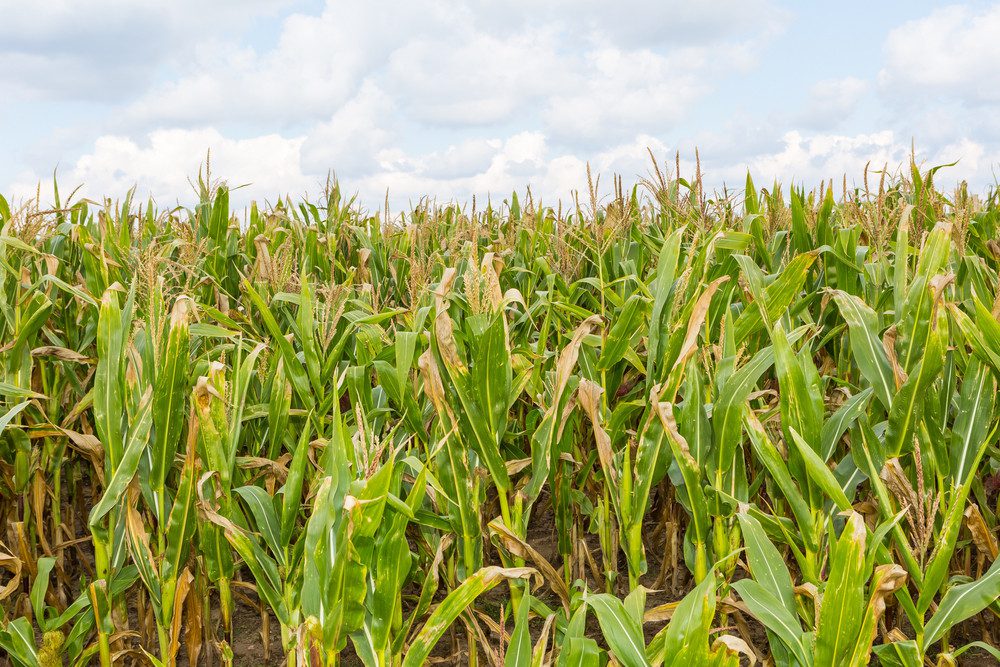Corn, or maize, holds a fundamental place in Mexican culinary traditions, serving as a staple…

Understanding the Differences Between “Tex Mex” and Mexican Cuisine
Most Americans are surprised to learn that the Mexican food they get at their local restaurants isn’t eaten by most people in Mexico. Processed shredded cheese, the usage of cumin, sour cream, flour tortillas, fajitas, chili con carne, and chimichangas are all inventions of “Tex-Mex” restauranters.
Authentic Mexican cuisine and Tex-Mex cuisine differ in many ways. American variations of Mexican food combine certain produce, ingredients, and cooking styles native to Mexico with flavors and tastes that cater to local American palettes. Cuisines like Tex-Mex and Cal-Mex are more like fusion cuisines than traditional cuisine.
Actual Mexican cuisine is broken up into different local regions, which each have its own specialties and use local ingredients. The types of food eaten around Mexico vary a lot, unlike Tex-Mex, which has only a few staple dishes that are rarely innovated.
What Are the Origins of “Tex-Mex”?
The food initially eaten in the Tejas region of the Americas, while Texas was under Mexican control, was authentic Mexican food. After the end of the American Civil War and at the turn of the 20th century, innovative restaurant owners found that Americans were interested in Mexican food but with more simple flavors. After some tinkering and further developments in the package food industry, Tex-Mex was born.
What Makes an Authentic Mexican Dish?
While many dishes are known to come from regional areas, many ingredients are staples of Mexican cuisine used universally. Let’s review them.
Chile Peppers
Chile peppers are the core of any good sauce, and Mexico has a lot of varieties. Poblanos, jalapenos, pasillas, guajillos, serranos, and habaneros can all be used in different ways depending on the dish. Charring or roasting these peppers, removing the seeds, and grinding them to a paste in a molcajete is one of the most common preparations of the chile pepper.
Limes and Cilantro
Unlike in English, a lime is a limón in Spanish, and lemons aren’t used in Mexican cuisine. Limes and cilantro are some of the core accents of Mexican cuisine and add a fresh bite to whatever you are eating. Lime, cilantro, and habanero can really make up a good fresh fish or shrimp ceviche.
Local Ingredients and Dishes
While every region in Mexico uses cacao, especially in mole, regional differences in mole are notable. Similarly, cheese is used everywhere in Mexico, but each region uses different white – like cojita and Oaxacan cheese, and queso fresco.
Crema is another favorite, especially for Northerners. Unlike sour cream, which is heavy, crema is very light and fresh and is great topped on a plate of chilaquiles, flautas de pollo, or quesadillas de la marquesa.
Some other regional dishes of note are chile en nogada – a colorful dish that resembles the Mexican flag, castacan taco yucateco – a corn tortilla taco dish served with Yucatan-braised cabbage, and enmoladas – an enchilada with mole.
How Do “Tex-Mex” Versions of Dishes Differ From Authentic Mexican Cuisine?
Tex-Mex cuisine has altered a lot of essential Mexican dishes for American palettes. Let’s look at a couple.
The Enchilada
Enchiladas in Mexico are served with mole or fresh Salsa – such as pico de gallo, salsa verde, or salsa Roja. Enchiladas are served with melted cheese and loaded with beans in the United States. Mexican enchiladas are often lighter and accompany other food.
Tacos
It seems that in the U.S., especially with Tex-Mex, the only thing you can use to hold meat or vegetables is a flour tortilla or a hard taco shell. But, most dishes in Mexico use flour tortillas. Many local dishes and street food specialties use masa flatbreads called huaraches.
Many other dishes and ingredients are different, but Mexican cuisine generally has a greater variety and is less heavy. Taking a trip to an authentic Mexican restaurant, such as Talavera Cocina Mexicana in Coral Gables, FL, is the perfect way to check out some traditional delicacies.



